Cross Domain Safety Assurance Framework for Automated Transport Systems
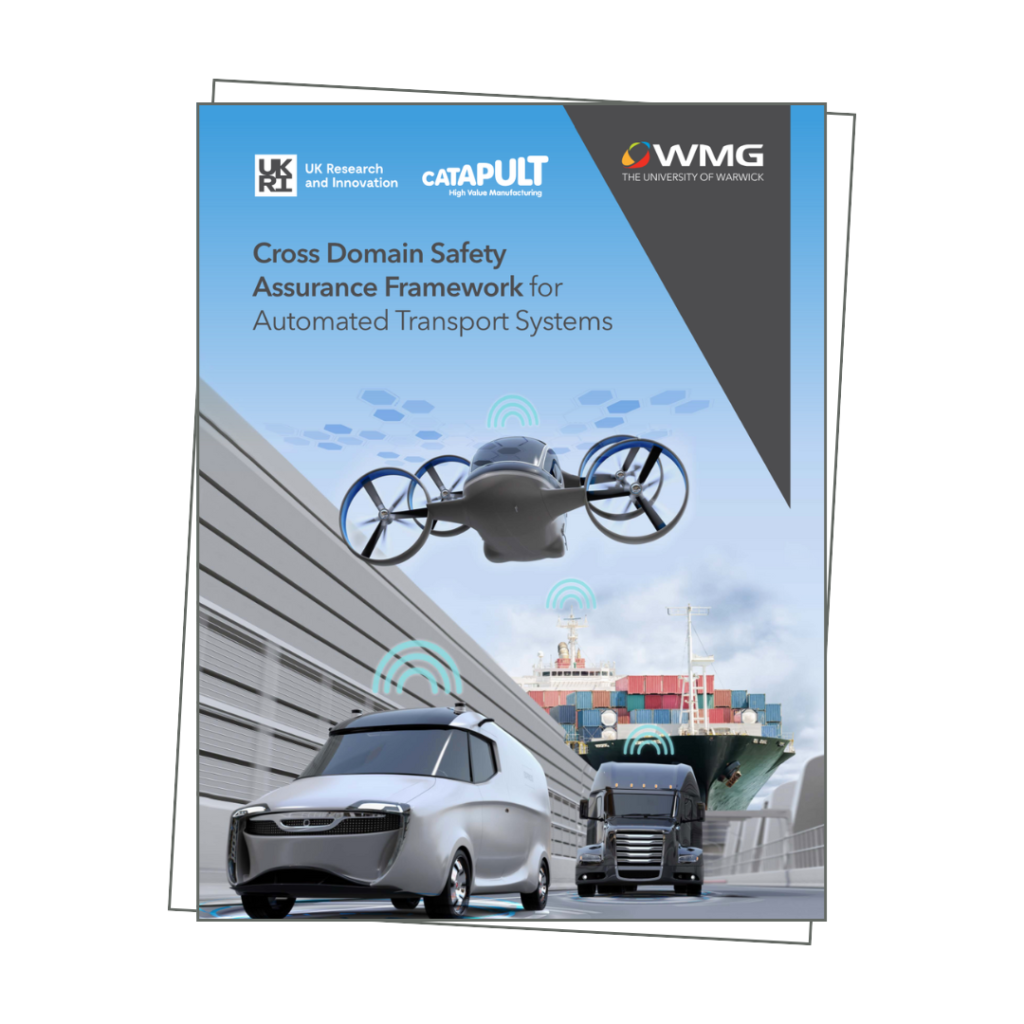
Moving people and goods is worth over £100 billion to the UK economy, but it comes at a cost in terms of accidents, with over 2000 deaths and over 120,000 injuries every year. Connected and autonomous transport has the potential to make land, air and marine journeys safer, faster and more efficient, contributing to both […]
An acceptance divergence? Media, citizens and policy perspectives on autonomous cars in the European Union

Do citizens, media and policymakers share the same view on autonomous cars? In the present paper, we analyse data from media articles, a Eurobarometer survey, and policy documents, to understand the perspective of different stakeholders when it comes to autonomous cars. We find significant differences between the groups, with a predominance of negative sentiments in […]
Safety Case 101

Last year, Aurora released our Safety Case Framework, an industry-first, evidence-supported argument for how we’ll demonstrate that our autonomous trucks and passenger vehicles are acceptably safe for public roads. While we are deep into the implementation of this framework for driverless operations, we want to take a step back and provide context as to why this […]
Brain on Board

BrainonBoard.ca is your one-stop-shop to learn about the many vehicle safety features that are rapidly becoming standard on vehicles, and how to maximize the protection they provide by combining them with safe driving behaviours. Learn more at brainonboard.ca
Exploring the implications of autonomous vehicles: a comprehensive review

Over the last few years, a large emphasis has been devoted to autonomous vehicles (AVs), as vehicle automation promises a large number of benefits such as: improving mobility and minimization of energy and emissions. Additionally, AVs represent a major tool in the fight against pandemics as autonomous vehicles can be used to transport people while […]
Customer Acceptance of Autonomous Vehicles in Travel and Tourism
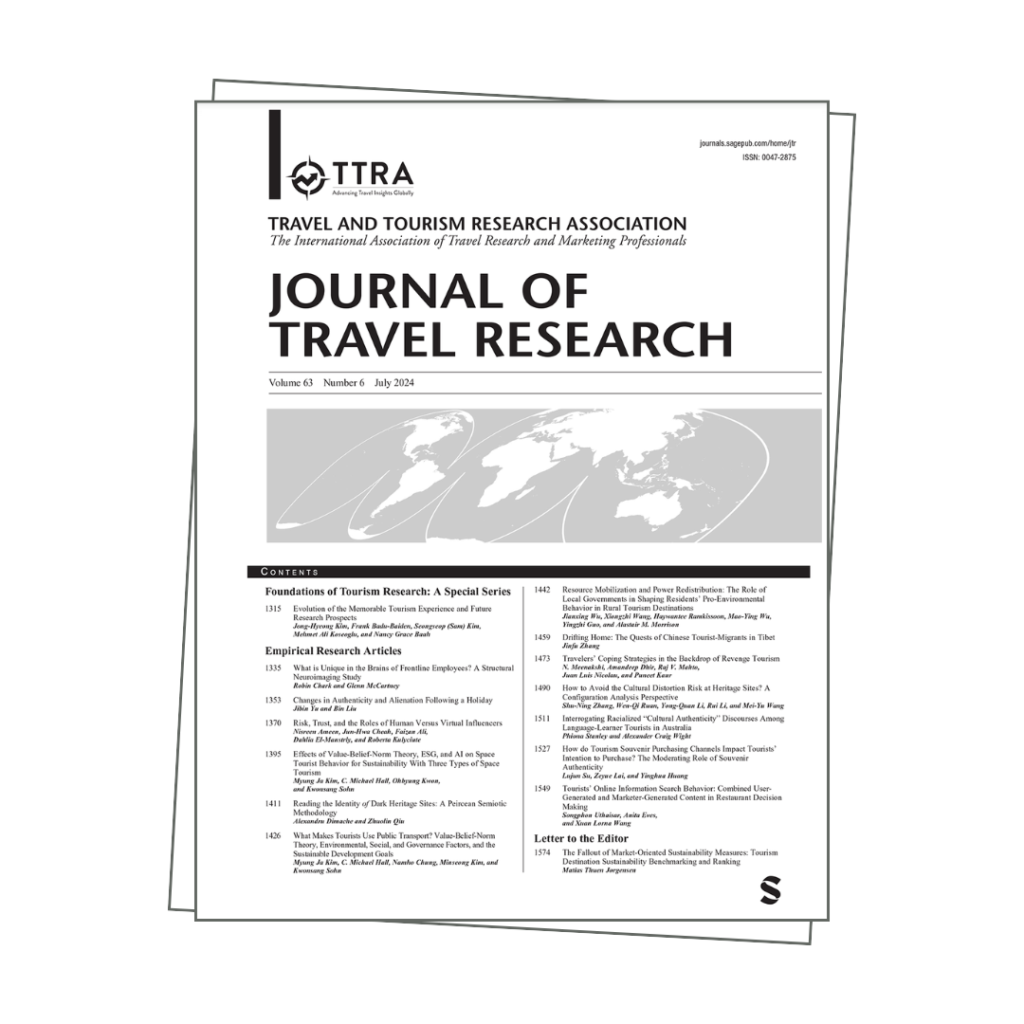
Since the COVID-19 pandemic has significantly increased the use of personal vehicles in travel, adoption of self-driving autonomous vehicles can radically transform the travel industry. Thus, this study develops and tests a conceptual autonomous vehicle acceptance model that identifies hedonic motivation, trust in autonomous vehicles and social influence as critical determinants of performance expectancy, perceived […]
Polite speech strategies and their impact on drivers’ trust in autonomous vehicles
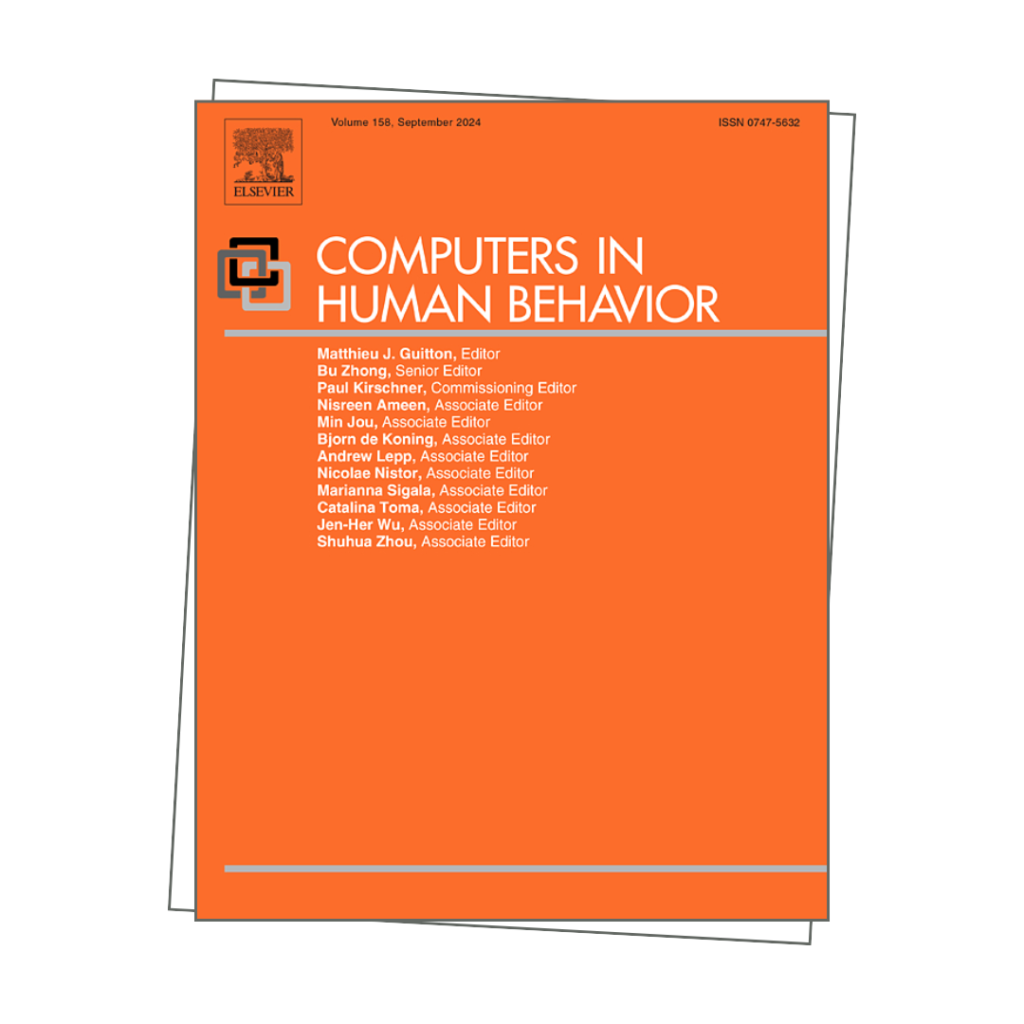
This study proposes adopting linguistic politeness in vehicle speech interfaces, as active communication between drivers and vehicles will become an essential part of driving with advanced autonomous driving technologies. Two between-subjects experiments were conducted to test the influences of politeness strategies (i.e., asking help, giving a reason, expressing gratitude) on drivers’ perceptions of the vehicles. The results indicate that drivers evaluate […]
Safe Autonomy: Simplified Proposal for Vehicle Automation Modes
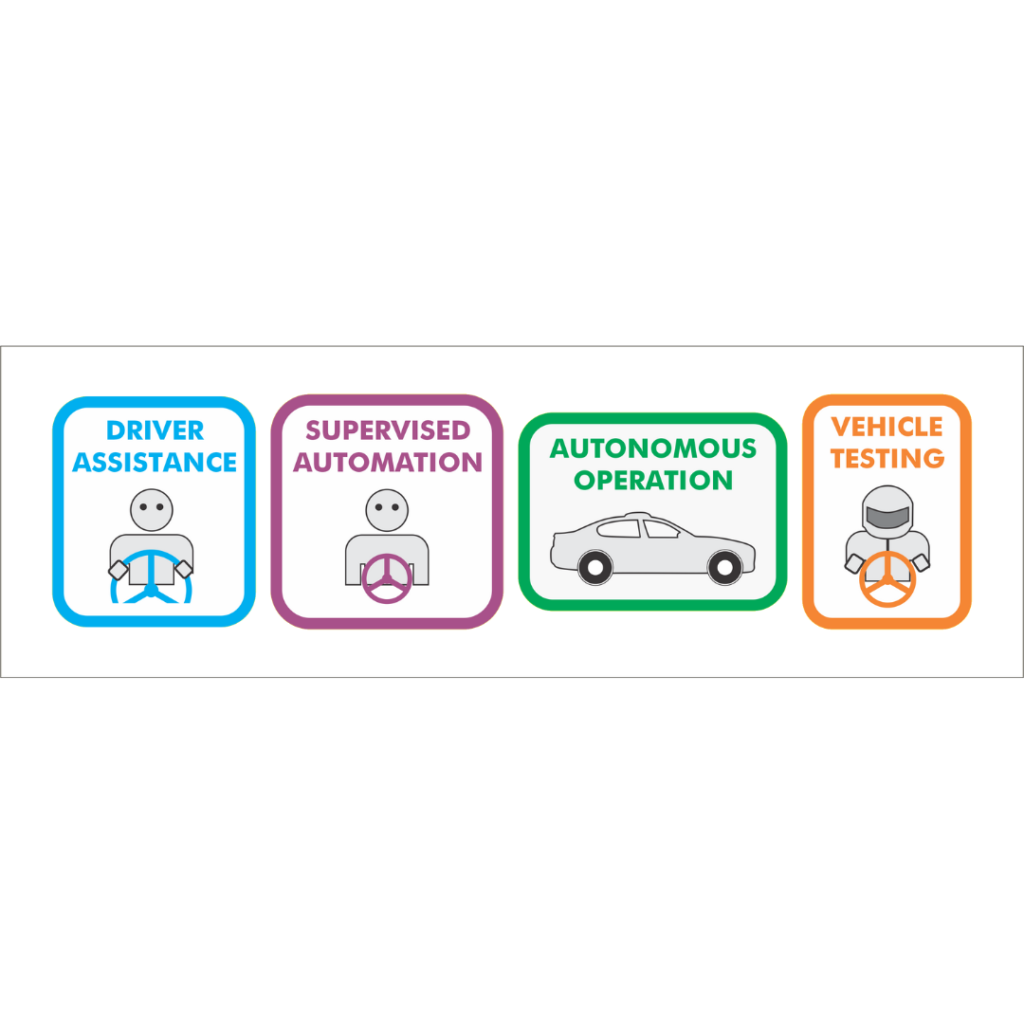
If you follow self-driving car technology it’s likely you’ve encountered the SAE Levels of automation. The SAE Levels range from 0 to 5, with higher numbers indicating driving automation technology with more control authority (but not a linear progression, and not necessarily higher levels of safety). Unfortunately, in public discussions there is significant confusion and […]
Empirical evidence of bias in public acceptance of autonomous vehicles
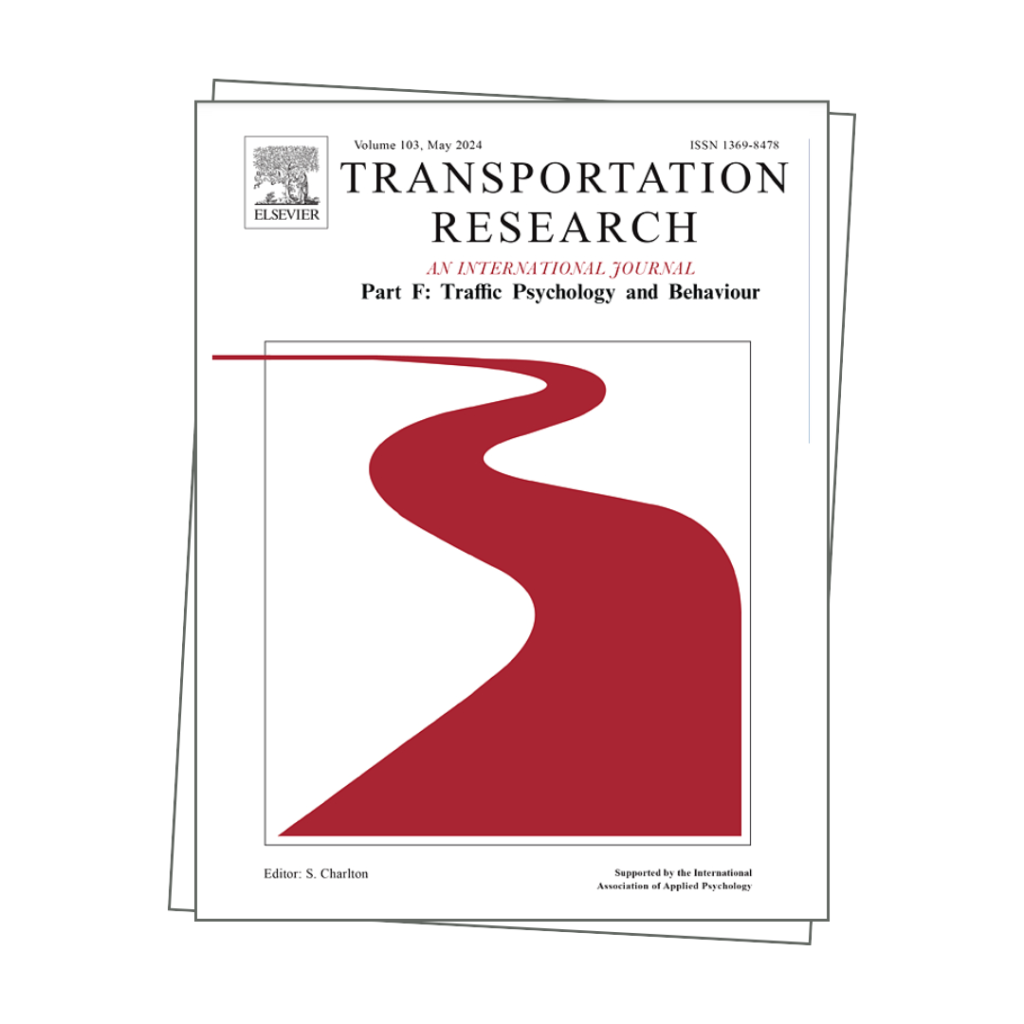
This study synthesizes 91 peer-reviewed survey studies examining the public acceptance of Autonomous Vehicles (AVs). The framework of the study is informed by three questions: (1) How well do the collected samples represent the acceptance of the general population? (2) How often does bias exist in measuring public acceptance in AV’s questionnaires? (3) How much […]
Keeping Kids Safe in Automated Vehicles: Key Considerations
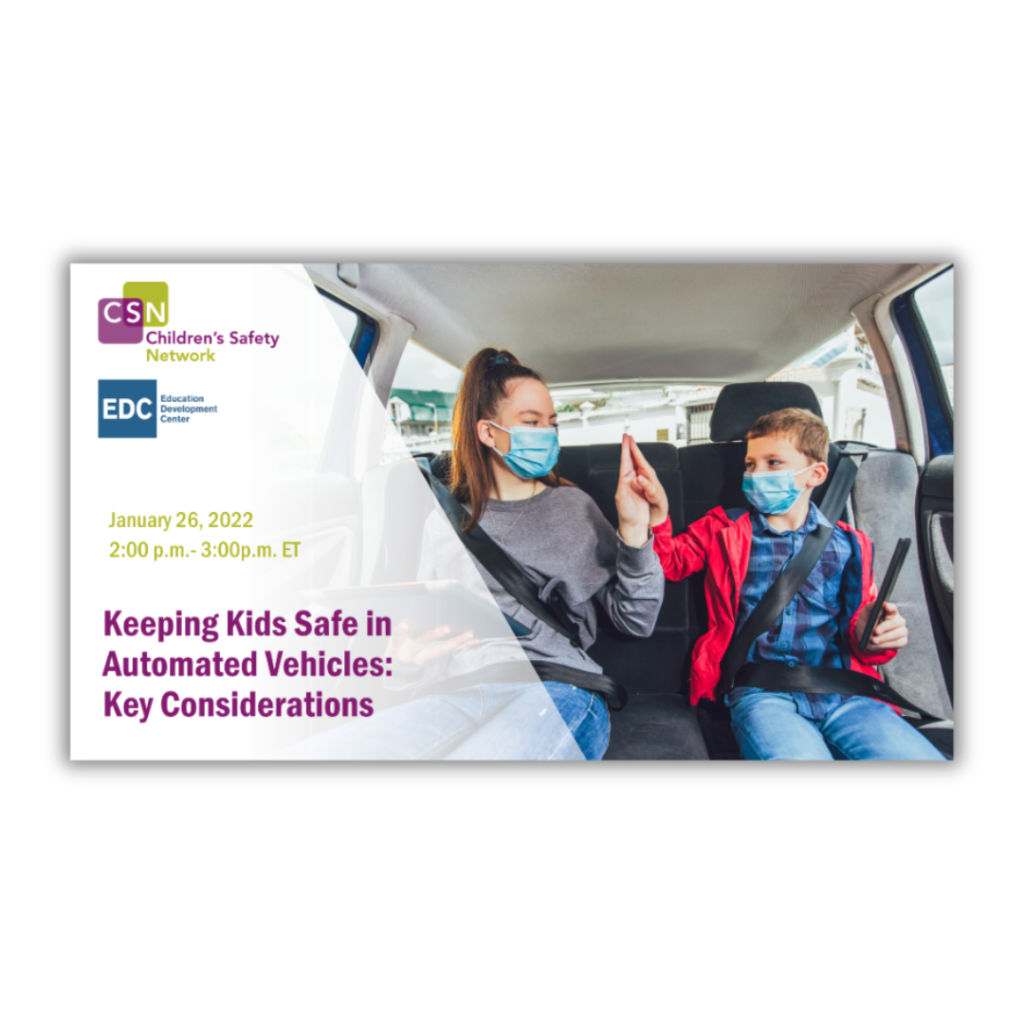
Self-driving (autonomous) vehicles are no longer an abstract futuristic idea. While the expectation is that autonomous vehicles will lead to a decrease in traffic-related injuries there are still a lot of unknowns. One prominent question for those who work with and care for children is how their unique needs are being met – as passengers, […]

